A couple years ago I had the pleasure of illustrating a Scientific American cover on the subject of when and how humans may have first traveled to North and South America. The article was “A New History Of The Americas” by Jennifer Raff, and appeared in the May 2021 issue.
The process was very open ended. I was given the entire article to read and consider ways to illustrate both a cover and an internal spread illustration for it (I’ll just be discussing the cover here). I initially had two months to work on it and then the article got pushed back to the following issue, so I had three.
I decided to explore their loose suggestion of “reconstruction of the first Americans” and started in on research, doodling some ideas of mammoth-hunting scenes based on archaeological sites described in the article. I wasn’t latching onto anything particularly exciting yet, so I changed direction and started looking at what people taking the sea route might have looked like. That brought some more interesting possibilities right away, with the introduction of watercraft and reflections – and I always love painting water.
I found various possible shapes for ancient boats made from hides (this part of the world was too far north for much wood to be available). Existing records and traditional practices of far-Northern Indigenous peoples gave me an idea what shapes and construction methods these craft might have had, and that settled me on the idea of depicting a group of hunters venturing along an Arctic shoreline. I thought icebergs would make a dramatic backdrop, and started out with some thumbnails.
To really get my idea of glacial ice across and better show my plan of how the cover would look, I added digital color before sending the sketches in for consideration.
The art director, Michael Mrak, conferred with the author Dr. Raff and decided to go forward with Sketch A.
I started in on a first pass, and found I needed more specific information as I went. Looking into possible clothing for the people, I shared a work in progress to discuss my research and see if there was more information Dr. Raff might have. The period we were trying to illustrate is long before any archaeological evidence, but based on traditional clothing construction of the peoples currently and historically inhabiting these areas we decided to go with parkas made of seal gut, a waterproof material worn as an outer later. It is translucent, as is the hide of the boat, so I lit the figures from behind to best show these materials.
The boats I’ve designed are small craft, best suited for hunting waterfowl, so I put a harvested bird in the boat too.
I also felt it was important to make sure their clothing and boats were decorated and personalized, to give the people depicted a feeling of individuality within a shared culture. Red pigments have been used since time immemorial in many parts of the world, and museum examples of these parkas show bits of otter or seal fur and waterbird-feather accents, so I incorporated these elements into the figures’ clothing and watercraft.
At this point I also decided to go for a darker, deeper-looking color for the water, trying to capture visually the peace and calm of traveling by canoe, with the eddies and small splashes from the paddles sparkling against the deep turquoise.
Then it was just a question of finishing out the rendering, giving each figure their individual decoration on their parkas, paddles and boats.


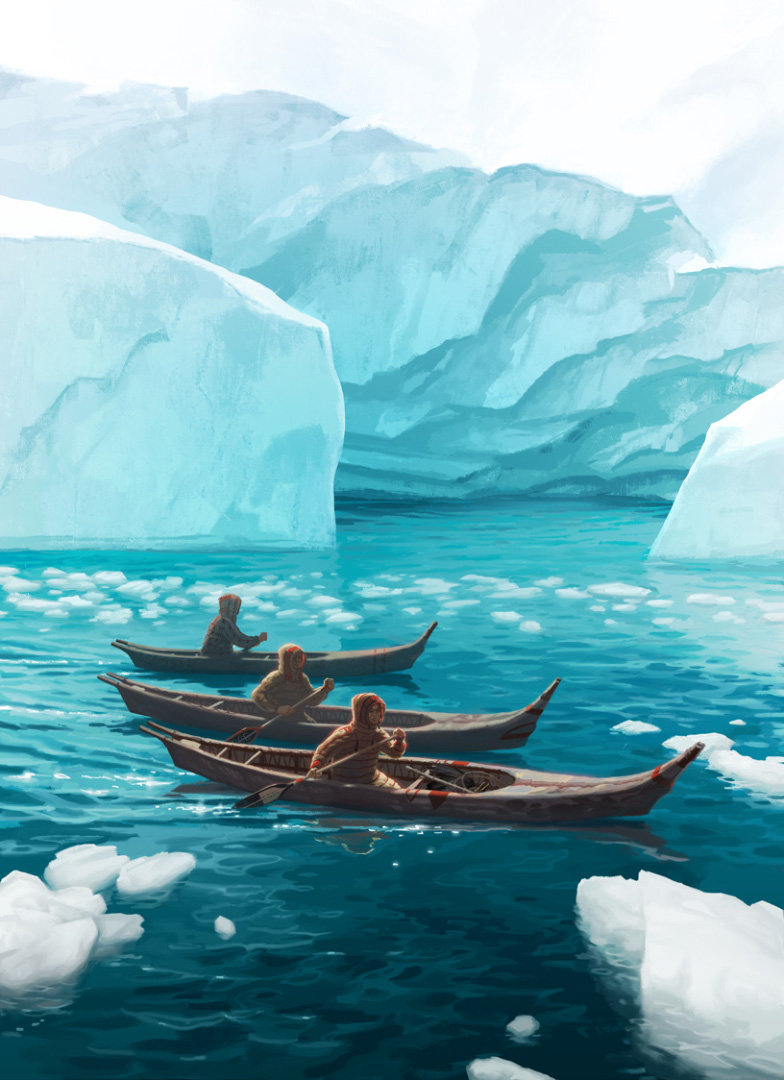
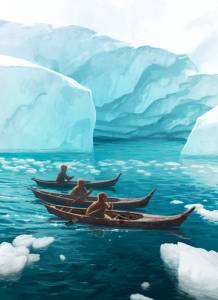
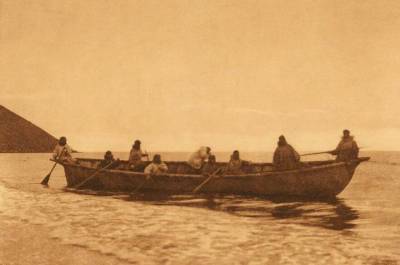
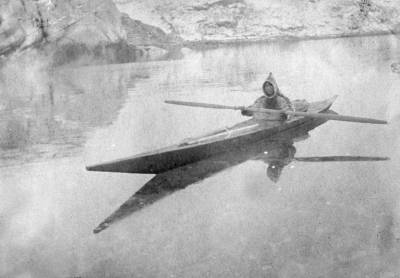
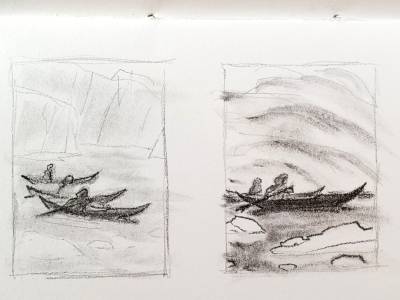
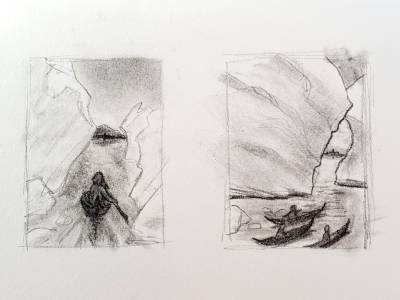
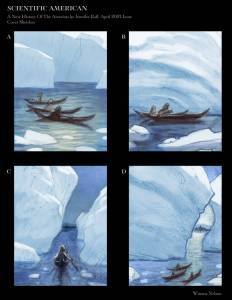
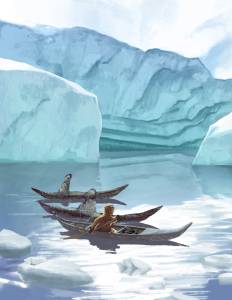
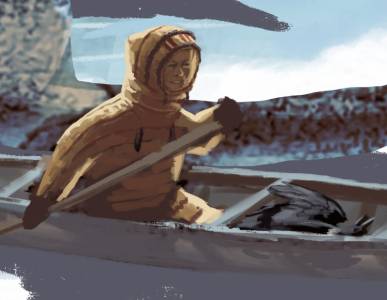

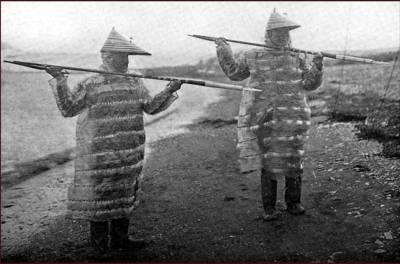
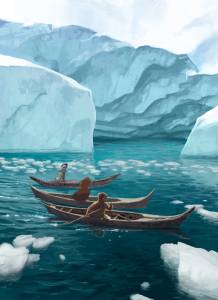


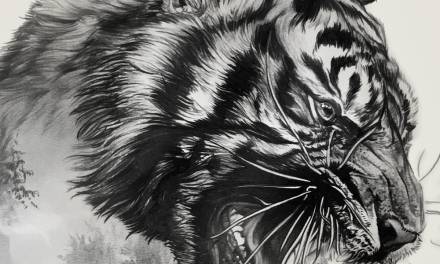
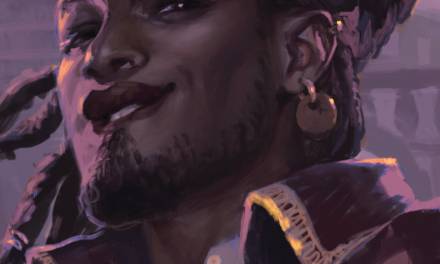

Recent Comments